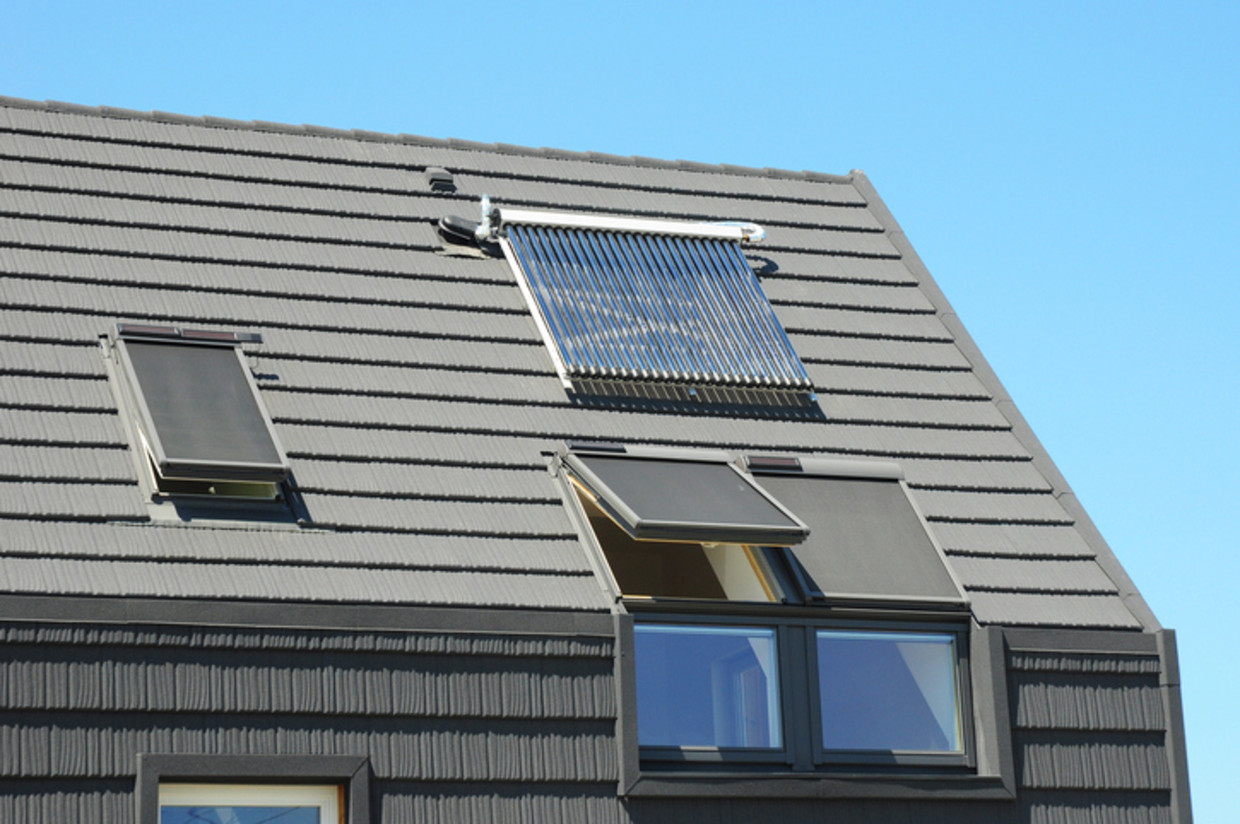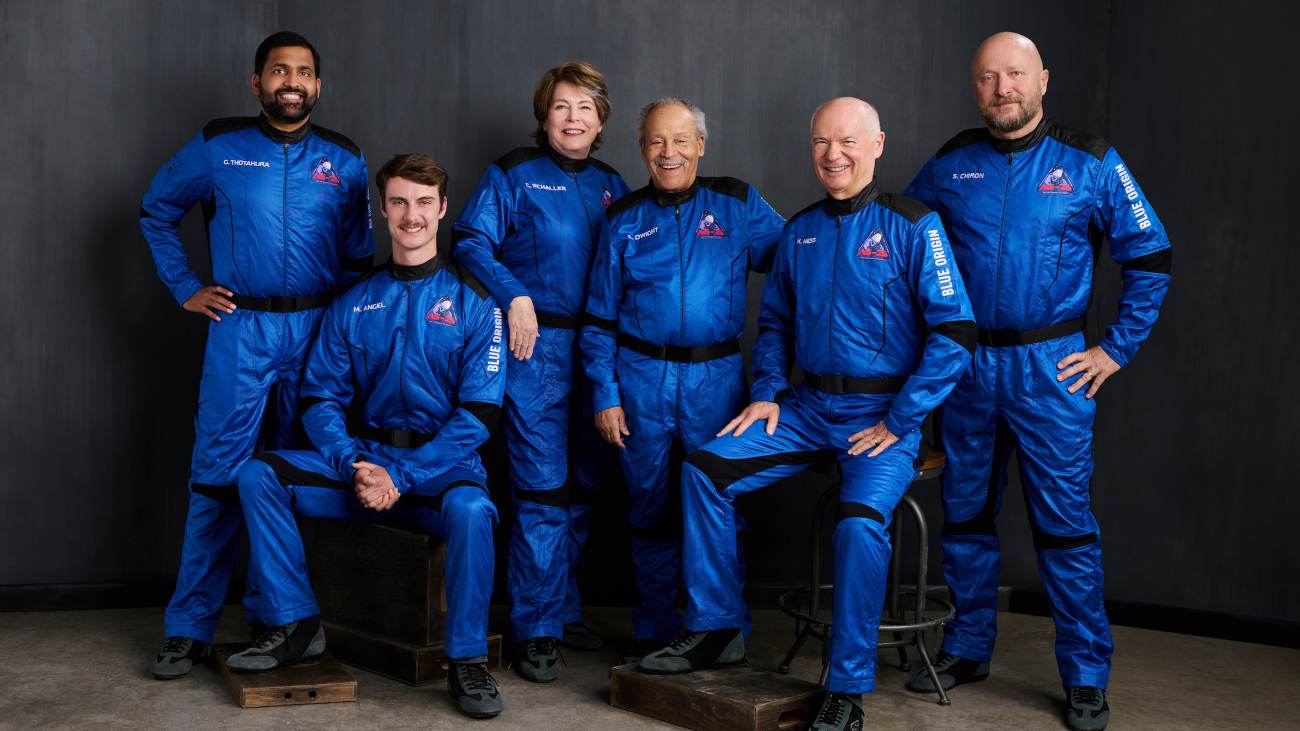The past year has shown that transitioning to sustainable energy is no longer an unnecessary luxury. But do you already know the difference between an air-to-air heat pump and an air-to-water heat pump, and do you know what is the ideal orientation for solar panels? We guide you through the essential issues so you can stay ahead of your energy bill in the long run.
The first intervention that many people consider in the energy transition is the installation of solar panels. An easy decision, and it’s less simple than it sounds. That’s why we’ve listed some of the most important solar panel questions for you.
How do you choose the right solar panels?
Generally speaking, there are not much differences between brands anymore, but there are a number of things you need to take into consideration. For example, there is a “tier system” that divides manufacturers into three categories. At Tier 1 are well-known companies that have at least five years at the counter and have the entire production process in their hands. On average, their price is higher, but the chance of production errors is lower.
How should you orient your solar panels?
The number of panels doesn’t just determine how much power they generate. There is a slope – between 30 and 45 degrees is optimal – but you can create it artificially on a flat surface.
And of course there’s the holy grail: the orientation of your roof. A south-facing roof might yield more, but often for times when you’re not home. “So we see that east-west sites are also becoming advantageous, because they are better spread out,” says Dirk van Everkoren of the sector union ODE Flanders. “The panels are produced a little earlier in the morning, when you haven’t left for work yet. And a little later in the evening, when the whole family is at home.”
How many boards do you need to put it up?
“Families that would cover their consumption with twelve panels would do well to fill the entire roof. As a society, we are facing giant electrification, whether it is cars or heat pumps,” says van Everkoren.
Those who embraced that bigger picture had a better expectation, it still seems. Especially since these additional panels entail a lower marginal additional cost and are therefore more profitable. By the way, with the digital counter, you can recoup how much you’ve produced.
It might be called the “sustainable heating of the future,” but installing a heat pump is a lot of work.
What types are there?
A heat pump extracts heat from the environment using refrigerant. There are different types, depending on the source of the heat and how it is released.
An air-to-air heat pump extracts heat from the outdoor air and transfers it to the indoor air via an indoor unit. So it works like an air conditioner in reverse. An air-to-water heat pump also uses ambient air as a source, but heats the home via water in the underfloor heating or radiators. A groundwater heat pump extracts heat from the soil and also transfers it to the water.
How quickly will you earn your investment?
Until recently, according to EnergyVille’s analysis, the payback period for many systems was longer than 30 years, which meant you wouldn’t get back the investment. In the Netherlands this is often less than ten years ago due to the more favorable price ratio.
“A shift in taxation from electricity to gas is still necessary to make heat pumps more attractive,” says energy expert Martin de Groot (VITO/EnergyVille).
This shift seems inevitable because of climate goals. “If you factor that in, and the positive impact on the value of your home, a heat pump is a smart investment,” says Jeroen Bates, renewable energy expert at Citizen Co-op Energent.

A few years ago, investing in a solar water heater wasn’t that interesting. Energy prices used to be much lower than they are today, so you’ve made back your investment very slowly. But what about today?
How quickly will you earn your investment?
On average, a solar water heater costs 6,000 euros. You can get about 40 percent subsidy for that, ”explains Wim Perssons, association of the solar water heater sector. “This leaves 3,600 euros that you have to pay for yourself. If you use an electric boiler for the rest, you will recover your solar boiler in less than four years. If you’re heating with gas, the installation—at current gas prices—pays for itself in ten years.”
When should you choose a solar water heater or not?
According to Persoons, the solar boiler is certainly interesting if you heat water with an electric or gas boiler, because of the savings, which I’ve already explained in the question above.
“Do you already do heat pump heating, but don’t have solar panels yet? Then you’ll save a few hundred extra euros with a solar water heater, so it’s best to invest in solar panels first. Do you already have a heat pump and solar panels, and want to save more energy?” Then a solar water heater is an interesting option.”

Power transmission or not, it remains important to handle it efficiently. With these insulation tips, your home will retain that extravagant heat as much as possible.
What is the correct insulating material?
For example, a softer insulating material, such as wool, is easier to place in a wood frame. Rigid sandwich panels, such as polyurethane panels (PU panels), are ideal for flat roofs.
Can you isolate a lot?
Not real. You will do nothing wrong if you insulate thicker. But remember that the first centimeter always has the highest return. If you’re working with mineral wool, for example, an insulation thickness between 16 and 24 cm is ideal, with hardboard you’ll often only need half that thickness. The more isolated you are, the longer it will take to recover your structural investment.
Is it better to insulate from the inside or from the outside?
If possible, try to insulate your walls from the outside. Thus, the insulation sleeve will be interrupted less, and the fewer interruptions, the better the performance of the insulation layer.
As an added benefit, the indoor temperature of the house will also remain more constant. By insulating on the outside, your walls stay in contact with the interior spaces that are being heated, so they can store heat.


“Creator. Award-winning problem solver. Music evangelist. Incurable introvert.”







More Stories
Live Blog – Iranian President Raisi died in a helicopter crash, and Vice President Mokhber takes over his duties
Morocco on a future peace mission in Gaza?
Sexologist Pius (24 years old) receives a fine of 16,000 euros –